Lessons Learned
Distributing My First Short Documentary

Guest Post By: Walt Laineenkare, A Finn and Fauna Productions
Published: Aug. 20, 2018
There are many ways
for us to try out filmmaking and one of the best ways (by proof) is to start
with a short. Like many others, that’s the beginning of my story as a
filmmaker. But what does one do with a short film? I know I can pay fees to
submit it to some festivals... But no-one actually watches short films, right?
Surely it won’t be shown on TV or a VOD -service? Or will it?
The question "How to distribute my short documentary" was probably my most googled search last year.
I had just finished my first serious short-documentary “How to Save a Life” about a certain Utah-based wildlife rehabilitator and the conservative state’s fishy wildlife laws:
How to Save A Life - Story of an unlikely Wildlife Warrior (2017) - Official Trailer
I was aware of film festivals and knew that anyone could use a service like Film Freeway to submit their film to most festivals around the world.
I had also read that I shouldn’t submit to just any festivals, but hand-pick the ones that would suit the purposes of my film and its distribution.
Distribution.
I didn’t necessarily make my film with a purpose in mind to begin with. I had just found a really interesting subject and I knew I loved to create things.
By luck I had managed to create this short film, but I had no idea how to get an audience to see it. So I decided to do the bare minimum: submit to a bunch of random festivals and hope for them to accept my film, so I can at least use their laurels to boost my film’s poster on social media etc.
Well, I got really lucky. My film was accepted to the Wildlife Conservation Film Festival in New York! MY SHORT FILM WOULD PREMIERE ON MANHATTAN! I had never even been to Manhattan!
This news motivated me to again consider the concept of distribution.
To be a Finnish filmmaker featured on a semi-major NY -based festival is a big thing in my home country. I decided to use the momentum and sent a press-release out to a few papers.
When people read about my film on paper and online, I was finally asked: “Sooo... Where can we see this film?”
This kind of struck me. I wouldn’t dare to say that I guess I’ll upload it on YouTube or Vimeo later on, which was what I had originally planned. But what kind of a film gets a seemingly huge opportunity to premiere on an American festival, only to end up to be seen on YouTube for free?
I knew that most festivals accept films 18 months after their release-date. That would give me another year and a half to plan for distribution after the festival circuit! What a relief!
There were many options for self-distributing, such as Amazon Video or Vimeo On Demand. These VOD -services (Video on demand) are great tools but require some planning, most important of all: how will you market your film for people to watch it?
I thought I’d most likely go one of those routes, but before that, I would throw caution in the wind and try something bigger.
I had read and learned (through YouTube -videos by Film Courage) that the ultimate place for a short film to be featured on is called ShortsTV. It is an international television channel, which is dedicated to short film and broadcasts in the US, UK, Germany among others. On top of all, ShortsTV exclusively shows all Oscar -nominated short films! And the thing I was excited about? They have a “submit your film” section on their website. WHAT?!
Yes, anyone can submit their short film to be reviewed and possibly acquired by “Shorts International Ltd.”, though I was thinking they likely only take films from well-known directors or at least films with famous actors. Well, it’s free to submit so what the heck. I’ll send mine out.
Well. Again, I got REALLY lucky.
Weeks later as I returned from a quick mentoring session with a local film producer in Helsinki, I had a message in my inbox from a ShortsTV representative, saying:
“Dear Waltteri,
Thanks for sending the link to your film - I thought it was excellent and I would love to buy it for broadcast on our TV channel - Shorts TV.
Here is some more background regarding the current deal I can offer you...”
I was jumping up and down and didn’t know what to think.
My film that was barely a film to begin with (I wasn’t the most qualified cameraman at the time, though I’ve done a lot of training since) would be shown ON TV around the world!
Remember to enjoy the festival circuit though: later on I got another peak for my filmmaking career as I was nominated and won at the Utah Film Award -gala!
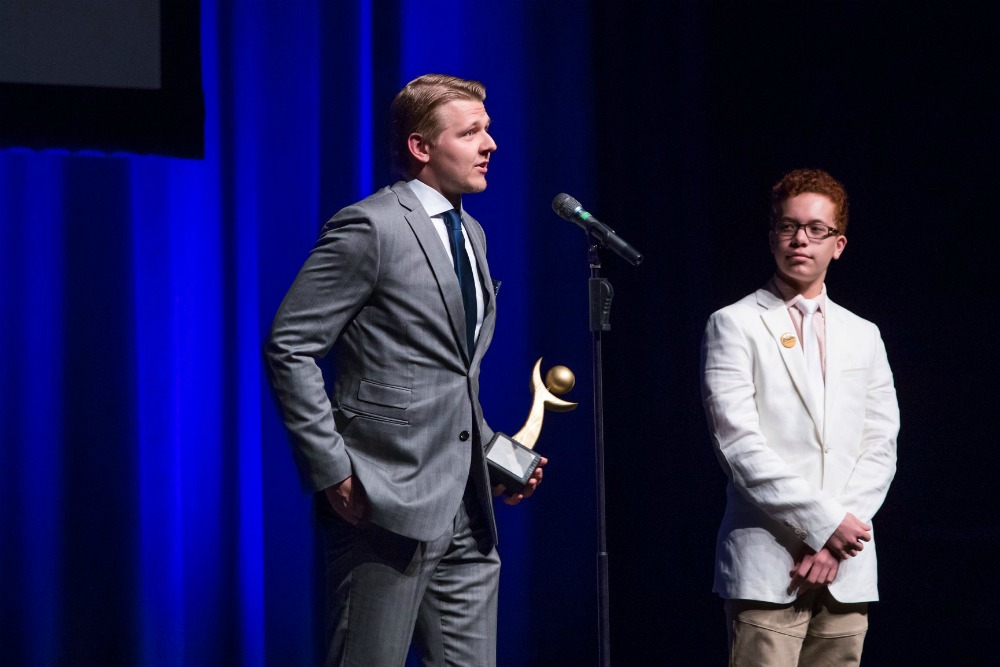 Walt Laineenkare - accepting Utah Film Award (2018)
Walt Laineenkare - accepting Utah Film Award (2018)
While it’s important to enjoy the ride as we maneuver
through the production phase of filmmaking, there will come a time when your
original plan of just uploading your film on YouTube will lose its appeal.
When you realize how much effort filmmaking requires and how sentimental you may get about your “child” (as in final product, that is), it’s likely you’ll start looking for other distribution methods.
Film festivals are a good start, though beware, some of these “festivals” are merely businesses that make their money from filmmakers’ entry fees, not the audience. But the momentum gained from being accepted to a few decent festivals could easily turn into great distribution opportunities.
To tell the truth, there IS a market for short films, especially documentaries, since there’s likely a group of people interested in educating themselves about your subject matter. Watching the film you’ve made is an easy way for them to go about it.
Be more aware than I was and DO make plans for distribution beyond film festivals: look up the previously mentioned VOD -services or contact some relevant NGO’s to see if your film could showcase on their website.
You could even contact your local TV -channel to see if they have a spot for short films.
My Top Three Lessons For Distributing A Short Documentary
To sum it all up, here are three tips I wish someone told me (or in my case of serious Finnish stubborness, jammed down my throat) as I was thinking of what to do with my film:
1. Assume someone wants to see your film.
Somewhere, someone is willing and possibly even in need of
watching the film you’ve made. Even if you didn’t produce any “new” information,
maybe you gathered usable information from many different sources onto a single
piece of documentary film. So whatever you do, don’t hold back because you
think your film has no value. The quality or timeliness doesn’t have to be
perfect – someone wants to watch it! Even with that said, getting paid is a
whole other issue.
2. Think of alternative distribution routes – beware of self-distributing
First off, I don’t mean you shouldn’t self-distribute. But if you do, you have to be willing to do the work that goes with marketing. And believe me, it requires a lot of hustle.
So before you upload your film on Amazon Prime, list all the
alternative platforms and usages for this film. One of my favorites is to find
a non-profit organization that deals with the same issues as your documentary.
Ask if you could collaborate with them and maybe they could show the film on
their website or social media. Who knows, they might even pay you if they find
the film truly useful. If not, at least you have a chance to harness the
organizations followers as your potential supporters in the future!
3. If you get a chance to shine, show up!
In case you are accepted to a decent festival, make sure you attend. Or maybe some event wants to arrange a screening of your film (this is something you can help along by googling conferences/other event related to your film’s subject)? Be there to say a few words to the crowd before the screening.
Even if a chance like this was on the other side of the world, you owe it to yourself to go and enjoy the small moments where you can see and hear you work appreciated. Olympic athletes train for years only so they could enjoy those few minutes on the podium. We as filmmakers often work on a project of ours for years without pay only to never see a podium of our own. If you have a chance to be on one (symbolic podium is the screening, in case you missed the point), go and take what is yours!
Sincerely cheering you on,
Walt Laineenkare
About The Author

Walt Laineenkare is a 27-year-old documentary filmmaker from Finland. His latest work, a short doc about a Utah-based wildlife rehabilitator and the state's outdated wildlife laws went on to screen at the Wildlife Conservation Film Festival in New York and won a Utah Film Award. The film is distributed by Shorts International. At the moment he is doing pre-production for his feature film about sea conservation in Europe. Walt has a bachelor's degree in marketing, about to start his master's. Learn more on his website: www.afinnandfauna.com
Your Thoughts?
Share below in the comment section if you have any questions for Walt about his filmmaking travels or finding inspiration for your next documentary idea! And if you'd like to share YOUR documentary story or lessons learned with the filmmaking community, submit your article here.
Recommended for You
- Documentary Ideas: The Easiest Documentary To Make
- Documentary Film Festival Survival Tips
- How To Survive The Making Of A Documentary
Ready To Make Your Dream Documentary?
Sign up for our exclusive 7-day crash course and learn step-by-step how to make a documentary from idea to completed movie!
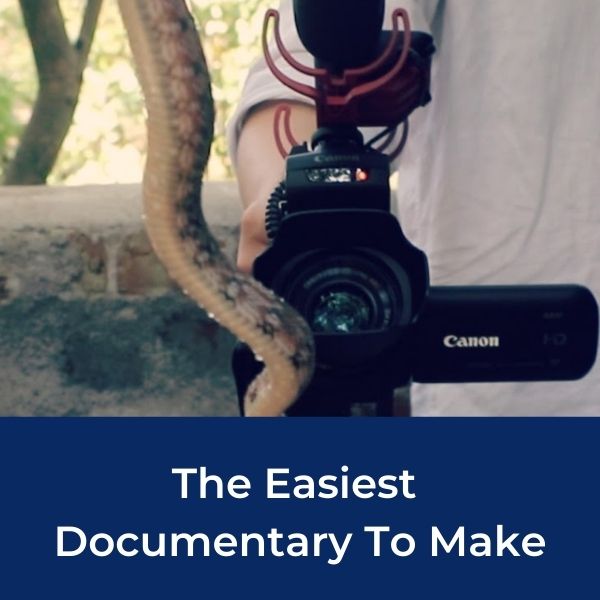
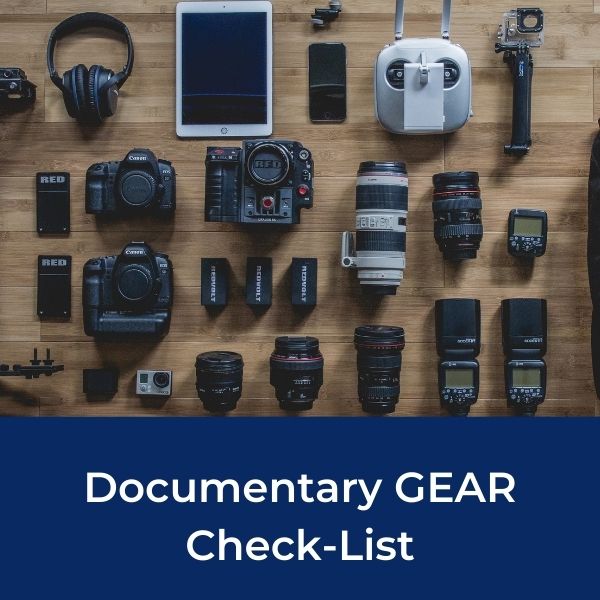












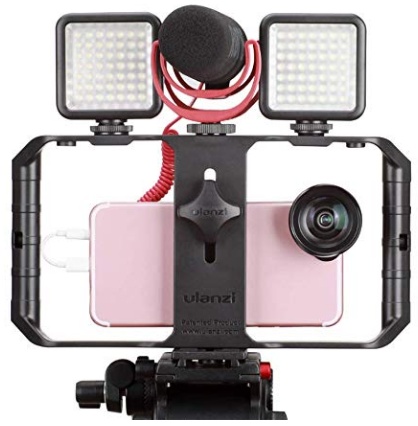
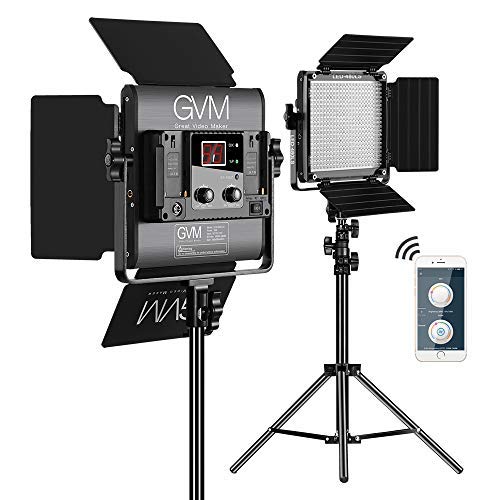
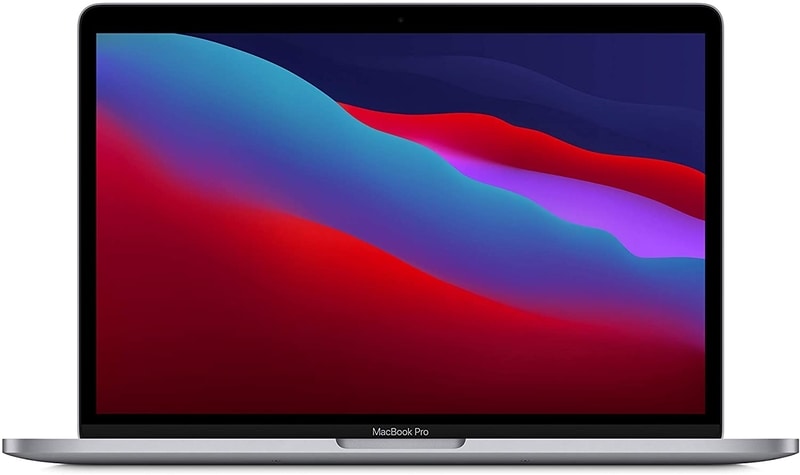
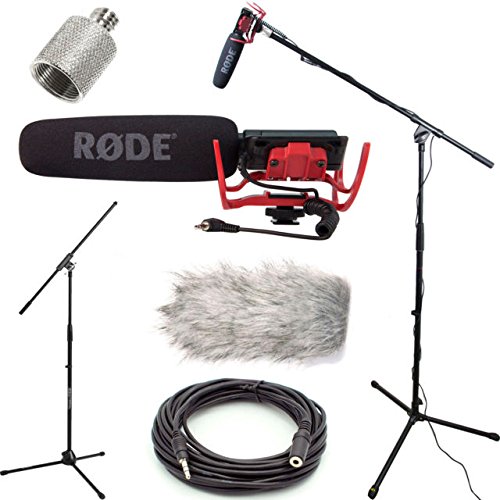
New! Comments
[To ensure your comment gets posted, please avoid using external links/URL's]